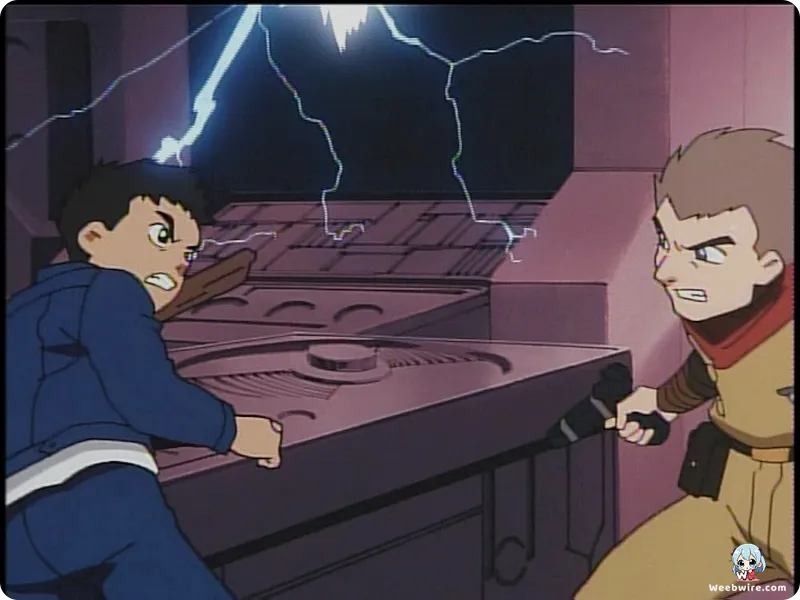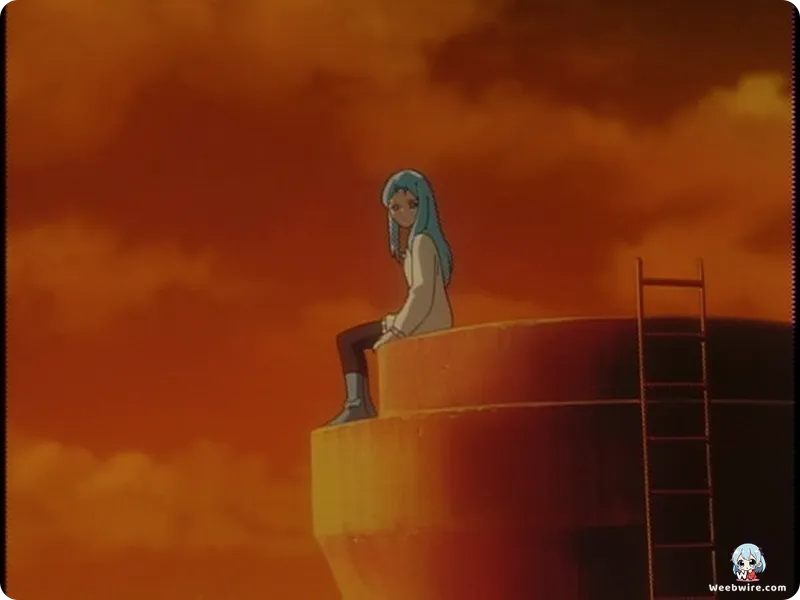Two Decades On: 'Now and Then, Here and There' Remains Anime's Unflinching Dystopian Masterpiece

In an era frequently defined by vibrant shonen sagas, burgeoning magical girl lore, and sleek cyberpunk narratives, 1999 saw the emergence of an anime that starkly defied convention. AIC's 'Now and Then, Here and There' (Ima, Soko ni Iru Boku) arrived not with the typical fanfare, but with a quiet, persistent dread, carving out a unique and profoundly dark niche in the annals of anime history. Its narrative is so emotionally taxing and unflinchingly grim that it continues to challenge and resonate with viewers decades later.
Central to its enduring impact is the series' masterful subversion of audience expectations. Viewers in 1999 might have anticipated a whimsical journey, given the initial premise of Shuzo 'Shu' Matsutani, a cheerful and athletic young boy, attempting to rescue the enigmatic Lala-Ru from a colossal robot. This setup strongly hinted at classic sci-fi heroism. However, within a mere two episodes, 'Now and Then, Here and There' mercilessly dismantles any illusion of lightness, thrusting Shu and by extension, the audience into a brutal dystopian landscape ravaged by incessant war, extreme scarcity, and unimaginable cruelty. This abrupt and jarring tonal shift was a deliberate artistic choice, designed to disorient and immerse viewers in the harsh realities confronting Shu.
The series also offers a fascinating glimpse into the early directorial career of Akiyuki Shinbo. While now celebrated for his highly stylized, often avant-garde works like the 'Monogatari' series, 'Puella Magi Madoka Magica', and 'Sayonara, Zetsubou-sensei', 'Now and Then, Here and There' stands as a pivotal, albeit stylistically distinct, precursor. Though his signature visual flourishes and abstract storytelling had not yet fully matured, Shinbo's innate ability to craft intensely atmospheric and emotionally charged scenes is undeniably evident. The desolate vistas, haunting character designs, and pervasive sense of despair are all meticulously orchestrated under his guidance, revealing a raw talent that would evolve into his distinctive aesthetic. It serves as a testament to his versatility, demonstrating his capacity to deliver such a gritty, realistic portrayal of human suffering before venturing into more abstract and visually experimental projects.

Furthermore, the anime is renowned for its courageous and unflinching depiction of child soldiers and the profound psychological scars of war. Characters like the young Boo, conscripted into military service, and the myriad of orphaned children struggling for survival, are presented without romanticization or sanitization. Their plight is rendered with an almost documentary-level honesty, a rarity in anime of its era. This commitment to realism, even within a fantastical framework, is a cornerstone of the show's lasting significance. It boldly tackles themes of starvation, torture, and psychological abuse, making it a profoundly uncomfortable yet ultimately powerful viewing experience that often surprises new audiences expecting a more conventional sci-fi adventure.
Lala-Ru, the silent and ethereal girl at the narrative's core, possesses a critical secret: her power lies not in destruction, but in the control of water an invaluable resource in their parched, war-torn world. Her almost mute presence, combined with her immense yet frequently unwilling abilities, casts her as a tragic figure caught at the heart of the relentless conflict. Her prolonged silence throughout much of the series amplifies her mystique and underscores the profound helplessness experienced by many characters trapped within the conflict's grip.
The anime's critical reception, particularly in Western markets, further cements its unique standing. While it never achieved blockbuster commercial success, it swiftly cultivated a reputation as a revered cult classic. Critics and audiences alike lauded its mature themes, compelling narrative, and profound emotional depth, frequently citing it in discussions about anime that transcend genre to offer potent social commentary. This enduring critical acclaim, decades after its initial release, highlights its lasting influence and its success in addressing difficult subjects with both sensitivity and gravity. 'Now and Then, Here and There' stands as undeniable proof that animation can serve as a powerful medium for exploring the darkest facets of the human condition, challenging the notion that anime is solely for children or light entertainment. It remains a challenging watch, but its unwavering commitment to narrative and thematic integrity solidifies its status as a masterpiece. It is an essential viewing for anyone seeking anime that dares to be different, prioritizing emotional resonance over escapism, and showcasing the formidable early talent of a director who would significantly shape modern anime. Its legacy is not built on flashy action or widespread popularity, but on its capacity to confront the viewer with the harsh realities of a world on the brink, all through the innocent eyes of a boy who, against all odds, refused to relinquish hope, even when hope itself seemed a cruel illusion.
Credits
Now and Then, Here and There
Author
Hideyuki Kurata
Cover Art
Akemi Takada
Studio
AIC
Publisher
Pioneer LDC
Producers





